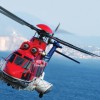I had made my way to one of the largest cities in Siberia, Irkutsk, by travelling east along the Trans-Mongolian Railway (upto this point it’s the same railway as the Trans-Siberian railway too) from Moscow. The two legs of the journey until now had taken 81 hours of travel time; quite remarkable that you can travel by train in one direction for that long and only be halfway to your destination.
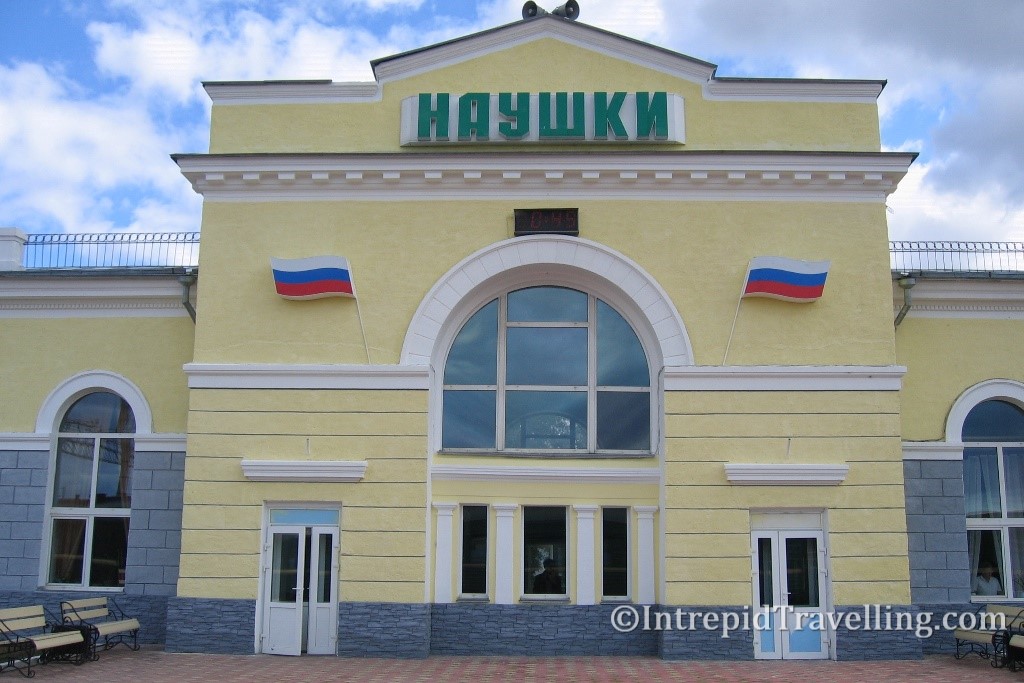
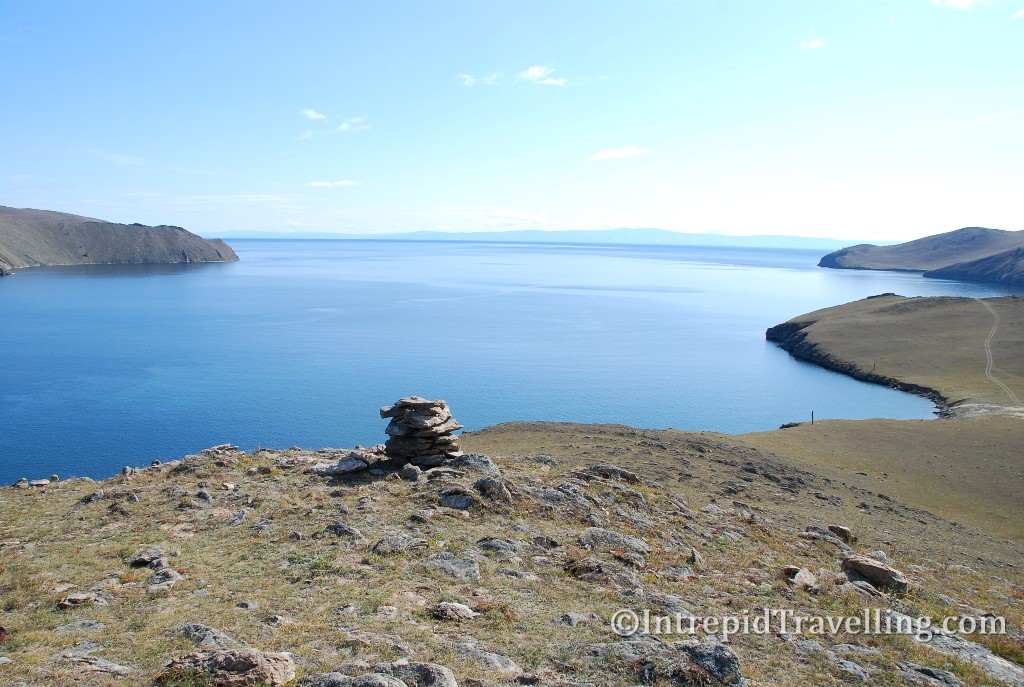
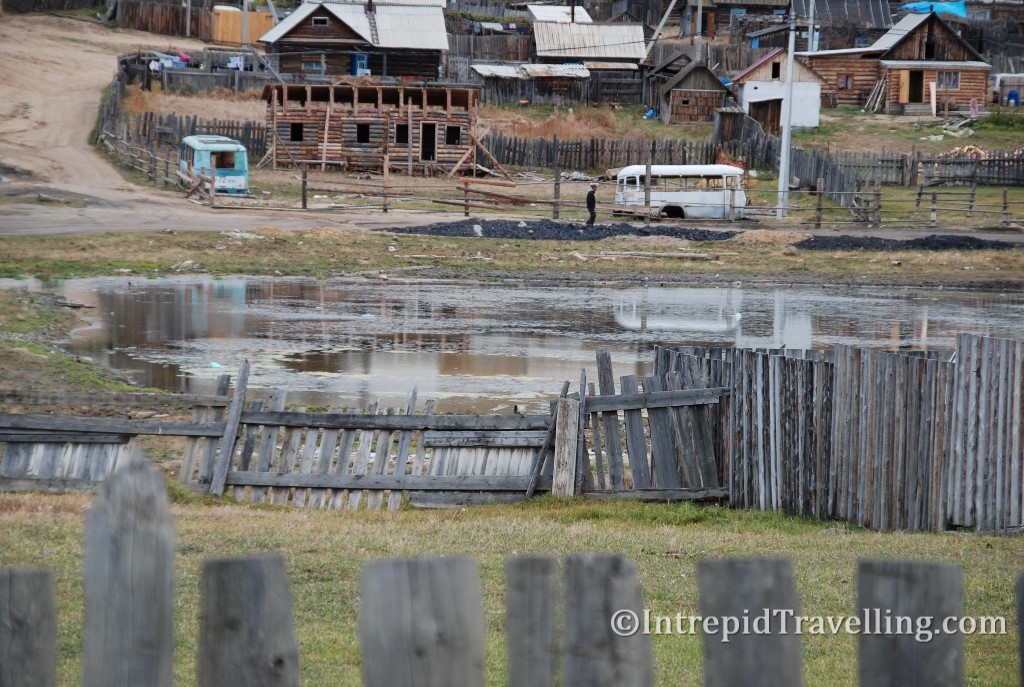
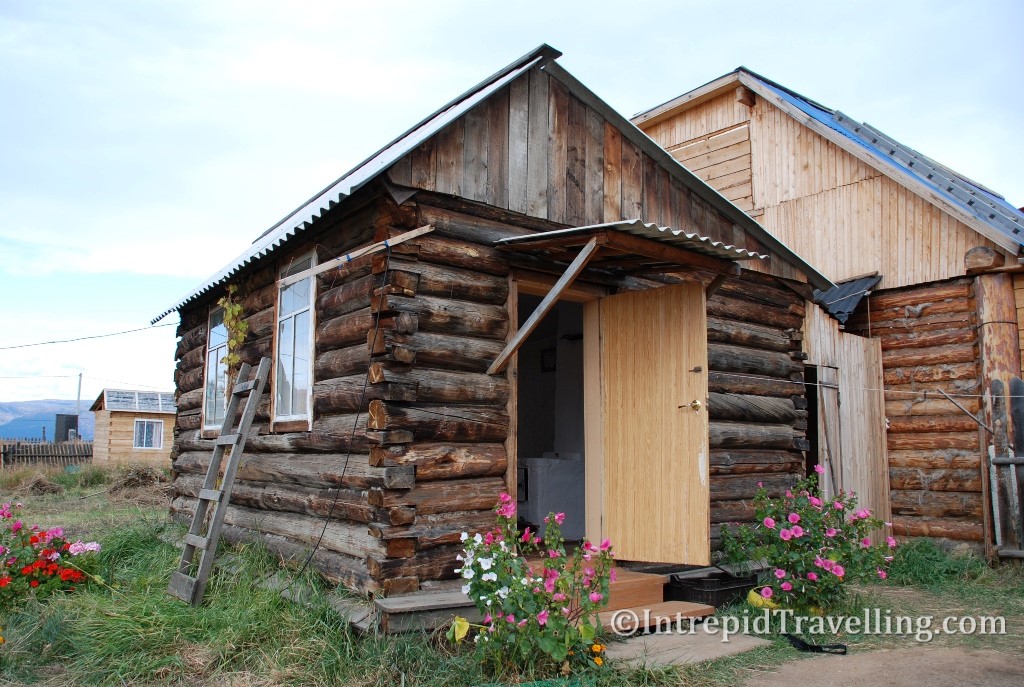

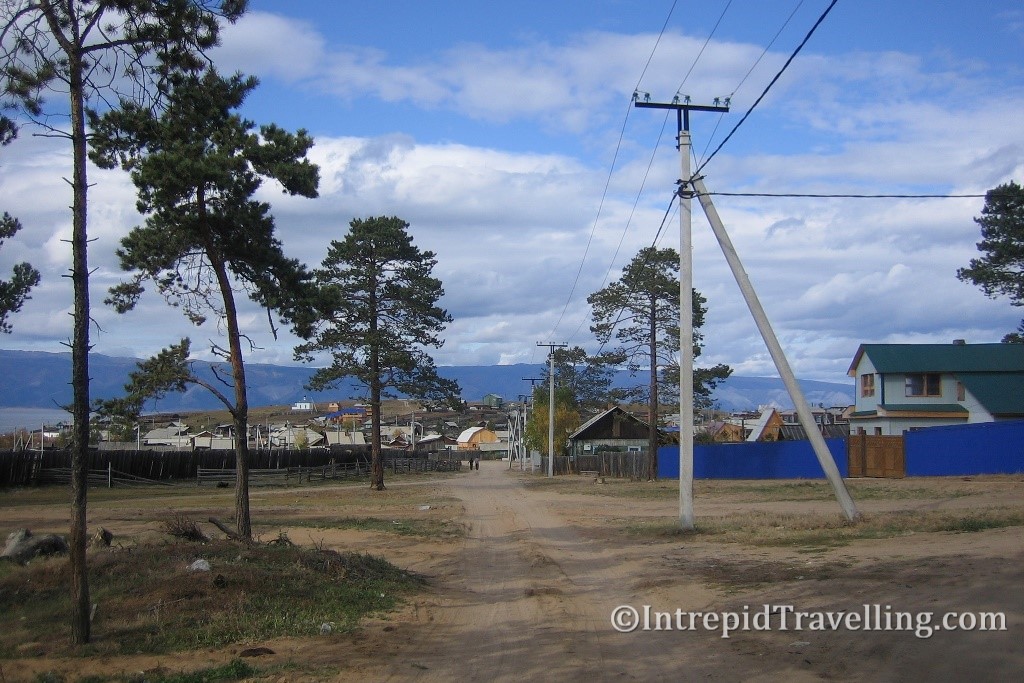
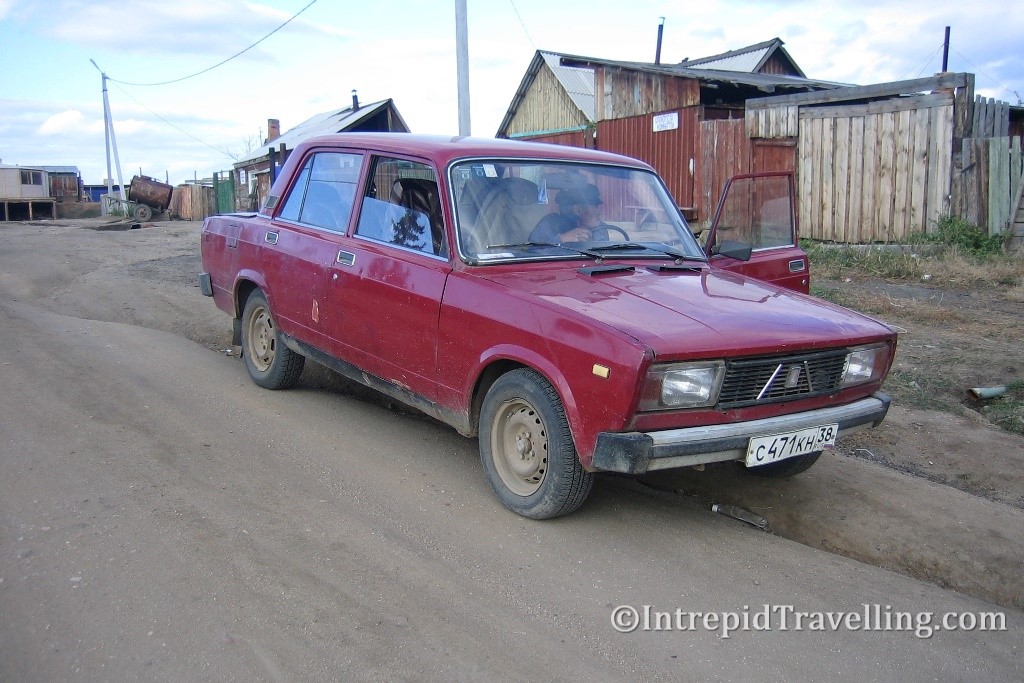
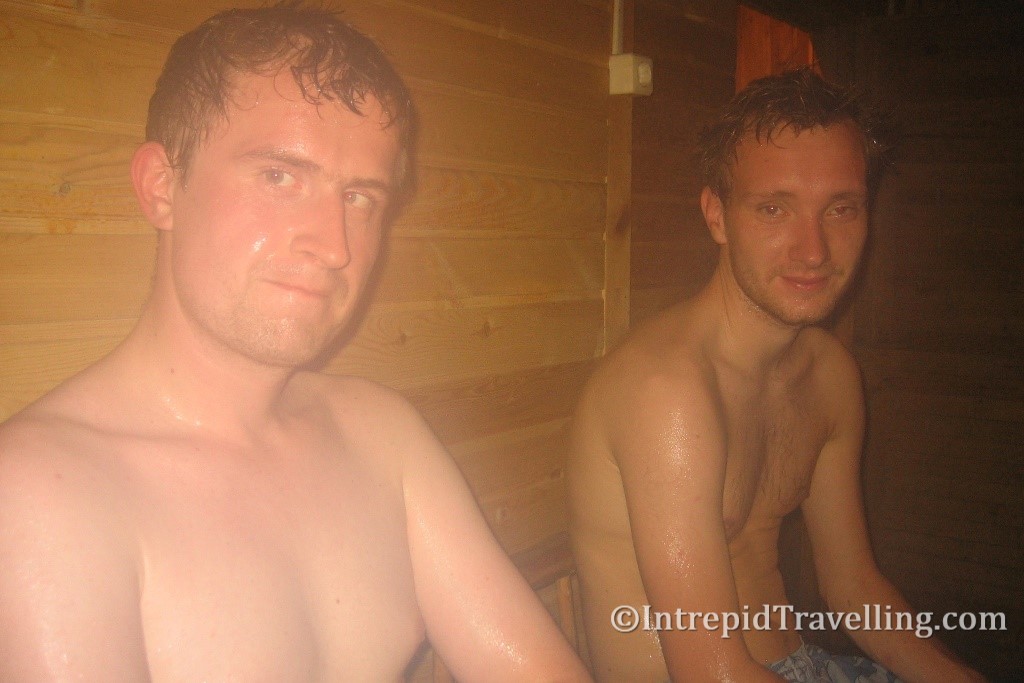
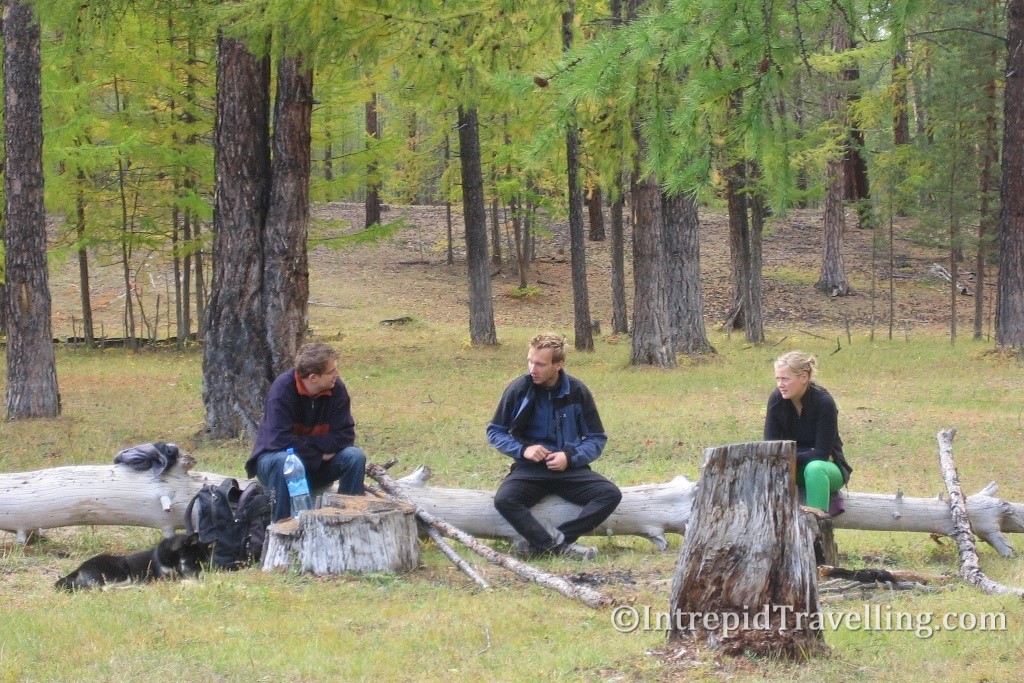
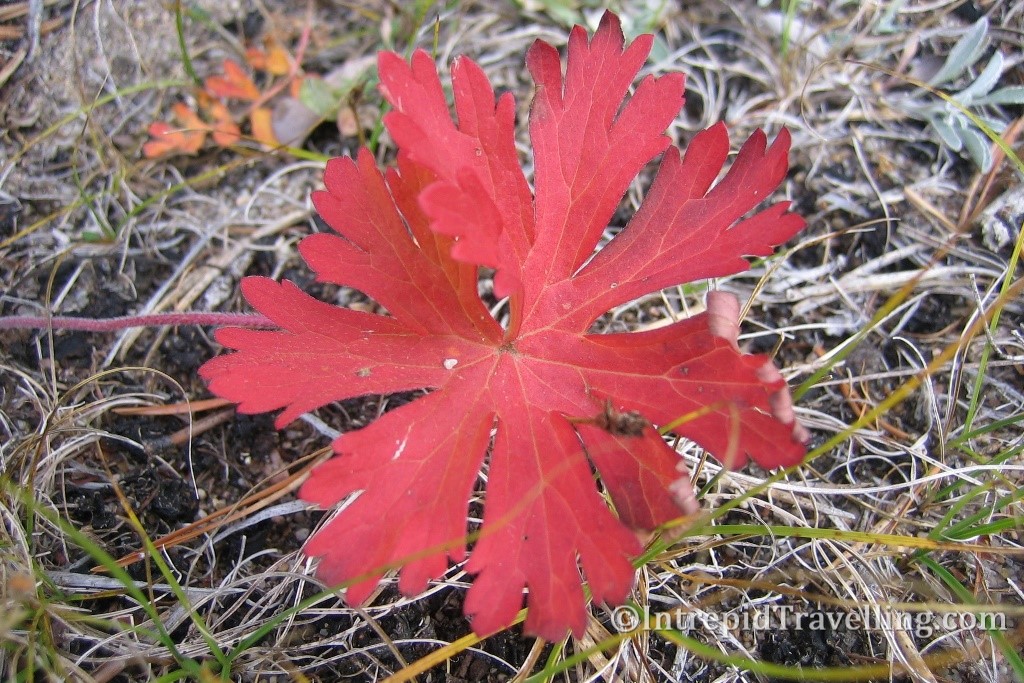
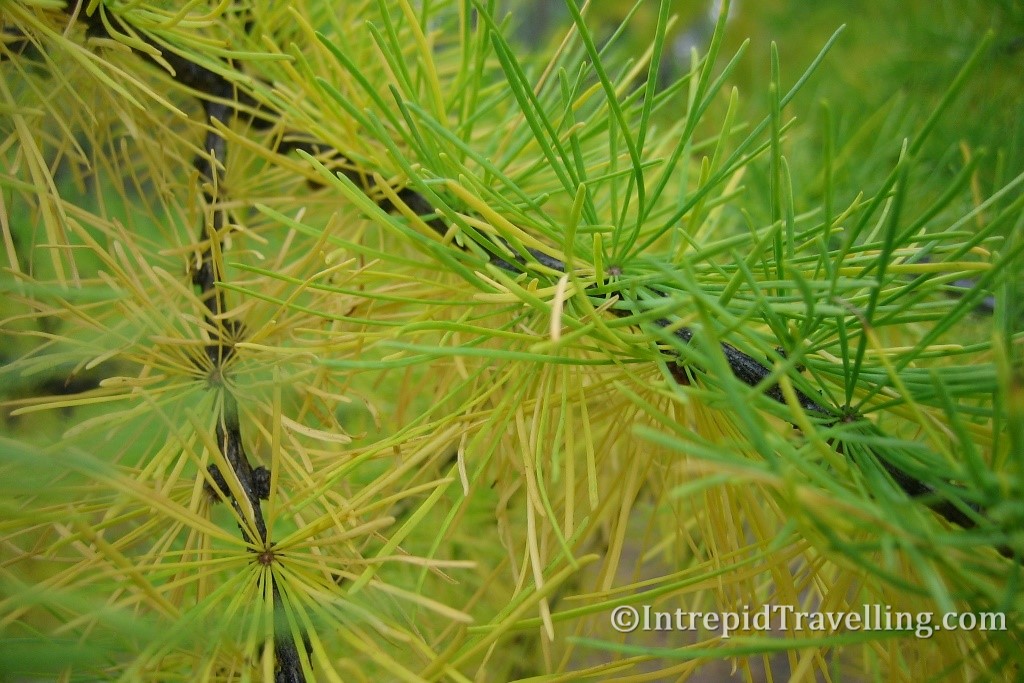
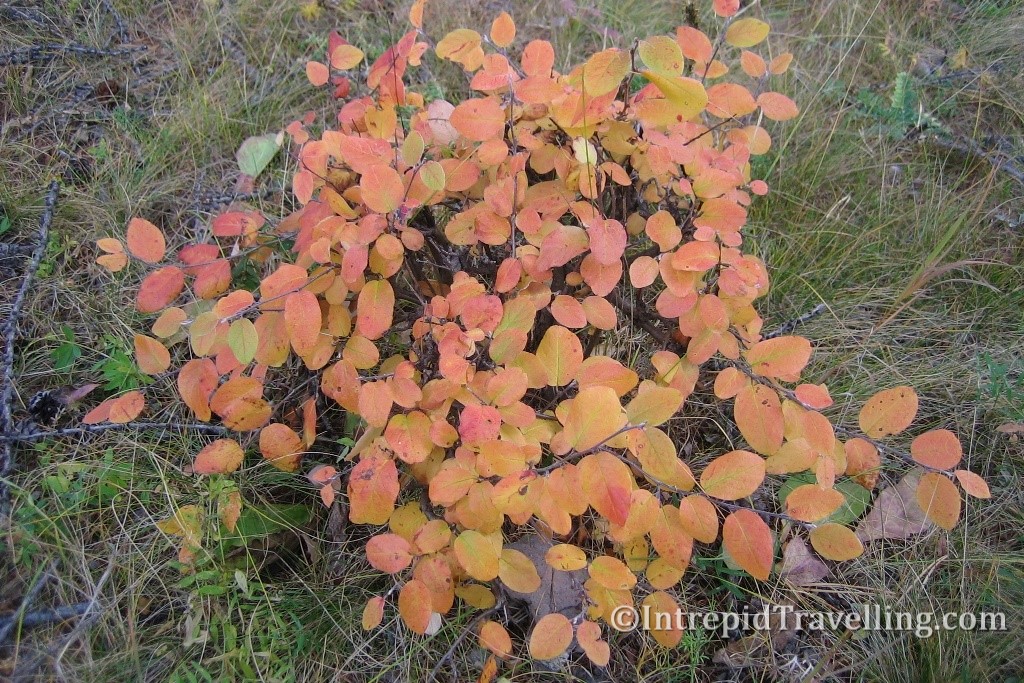
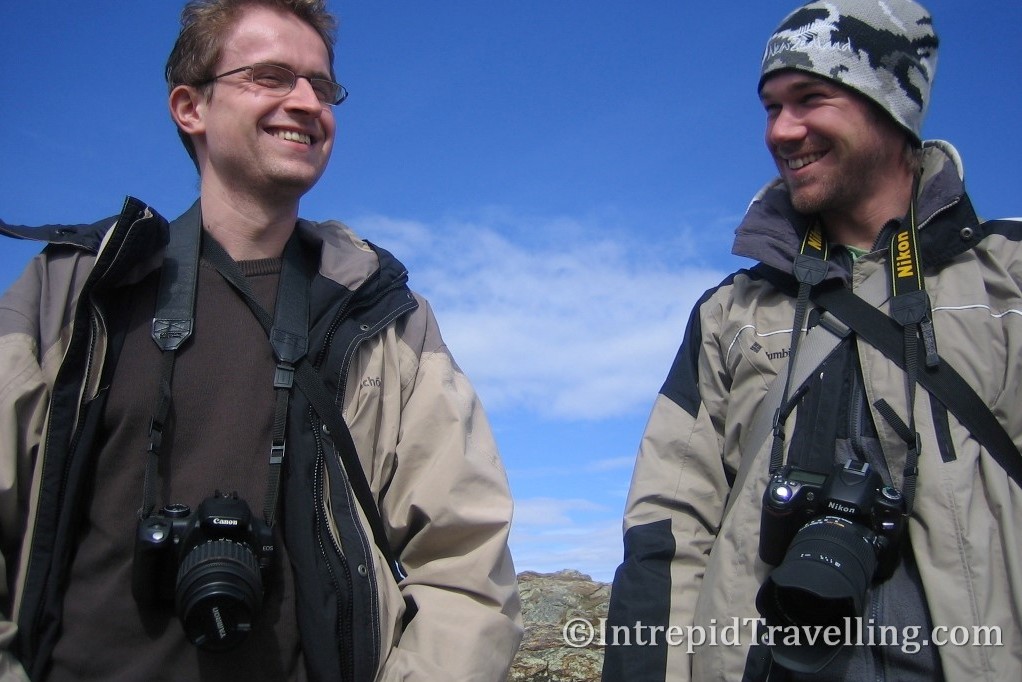
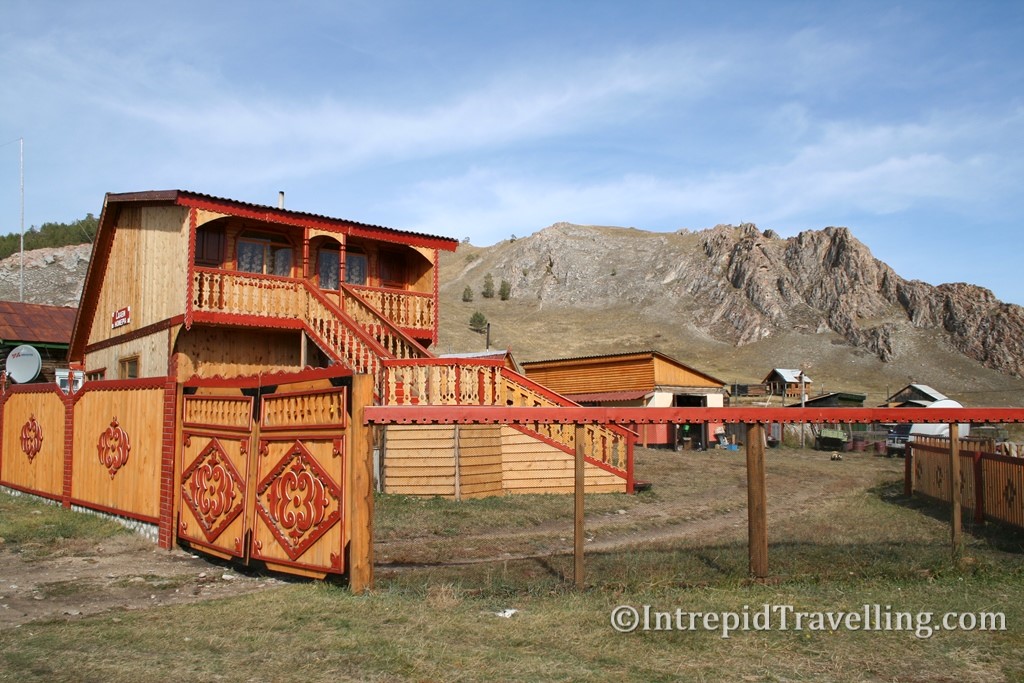
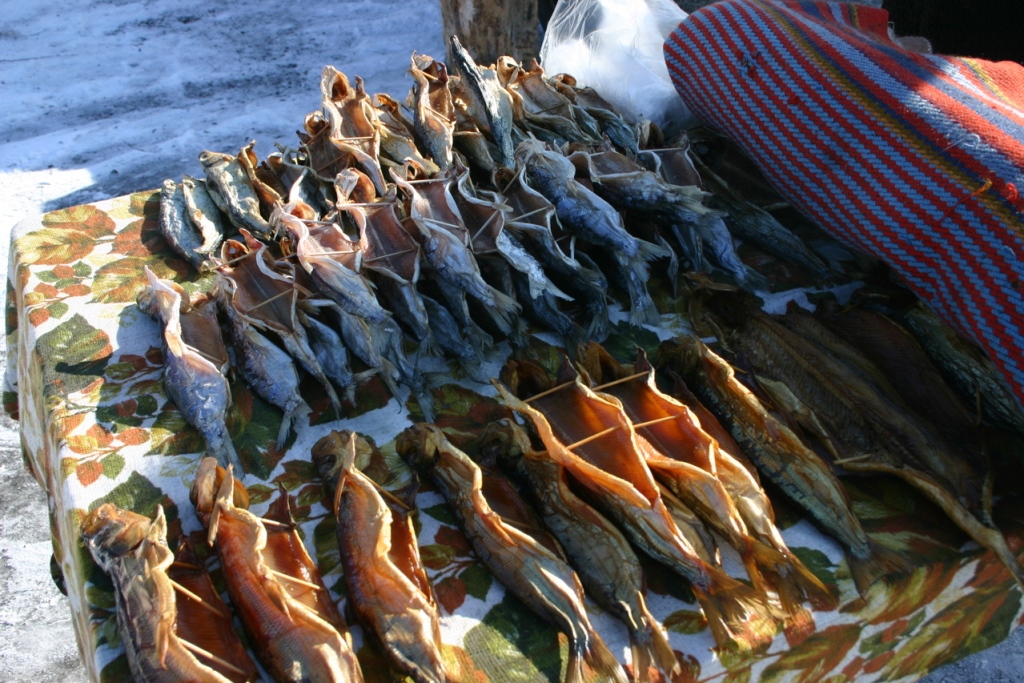
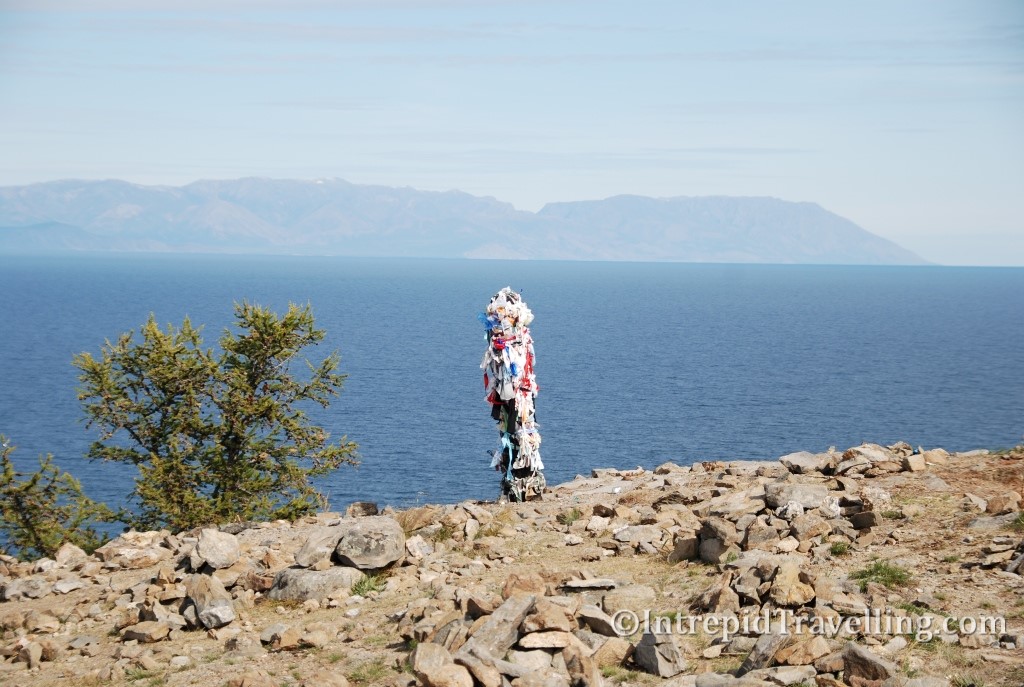
After a short night in Irkutsk at a local hostel, I found myself aboard a bus to the small town of Khuzhir, a settlement on Olkhon Island that lies in the ‘Blue Eye of Siberia’ – Lake Baikal. I would be joined by a great bunch of other European traveller who were also experiencing the intrepid journey along the Trans-Mongolian Railway and taking the opportunity to take a break to explore Siberia.
Lake Baikal is unique in that it’s the world’s deepest lake, largest by fresh water volume (amazingly 20% of the worlds unfrozen fresh water) and the 6th largest lake in the world (51 times larger than New Zealand’s Lake Taupo). It is also considered the oldest geographic lake with an estimated age of 25-30 million years old. Visiting is the highlight of any trip to Siberia, whether it be summer or winter when the crystal blue waters of Baikal freeze over creating a true natural wonder. I visited at the beginning of autumn when you needed the ferry to Olkhon Island rather than a sledge, but the breath taking scenes across Baikal’s pure waters still amaze.
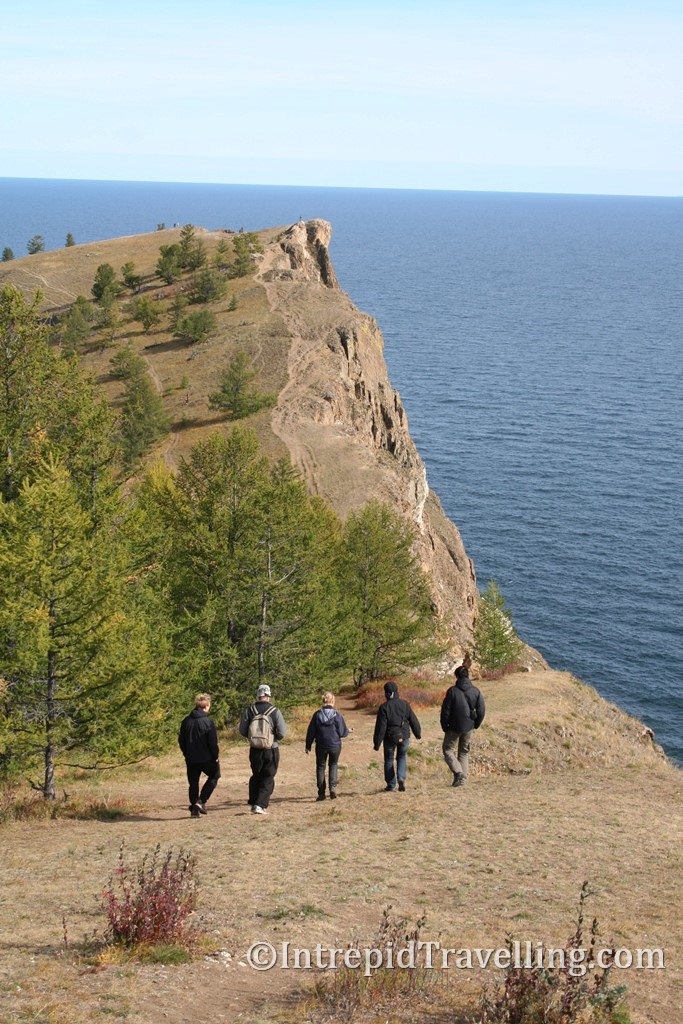
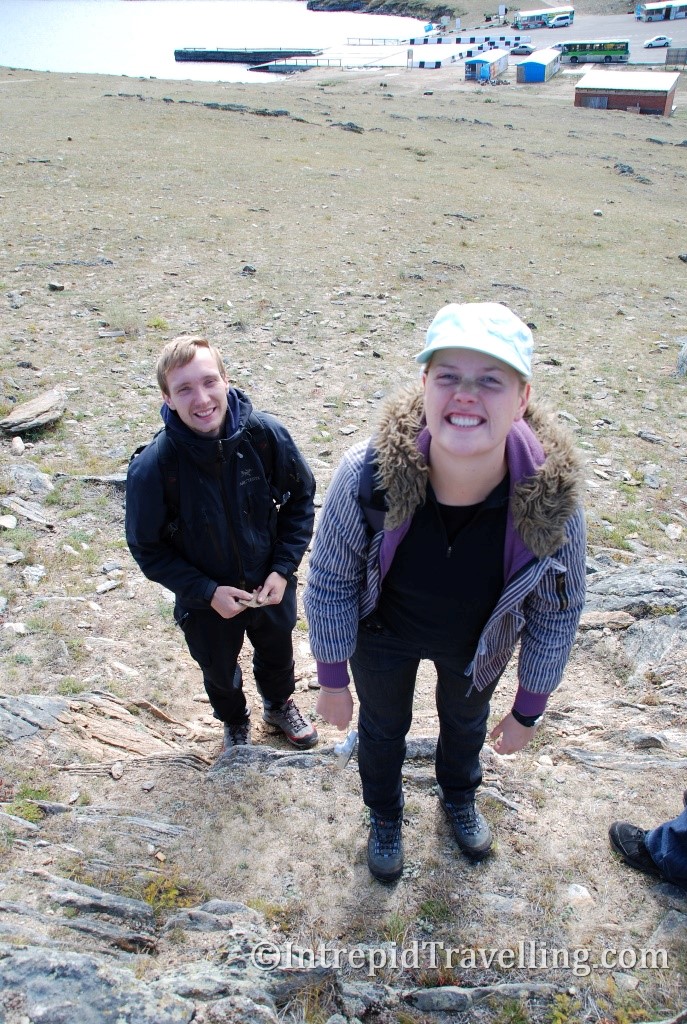
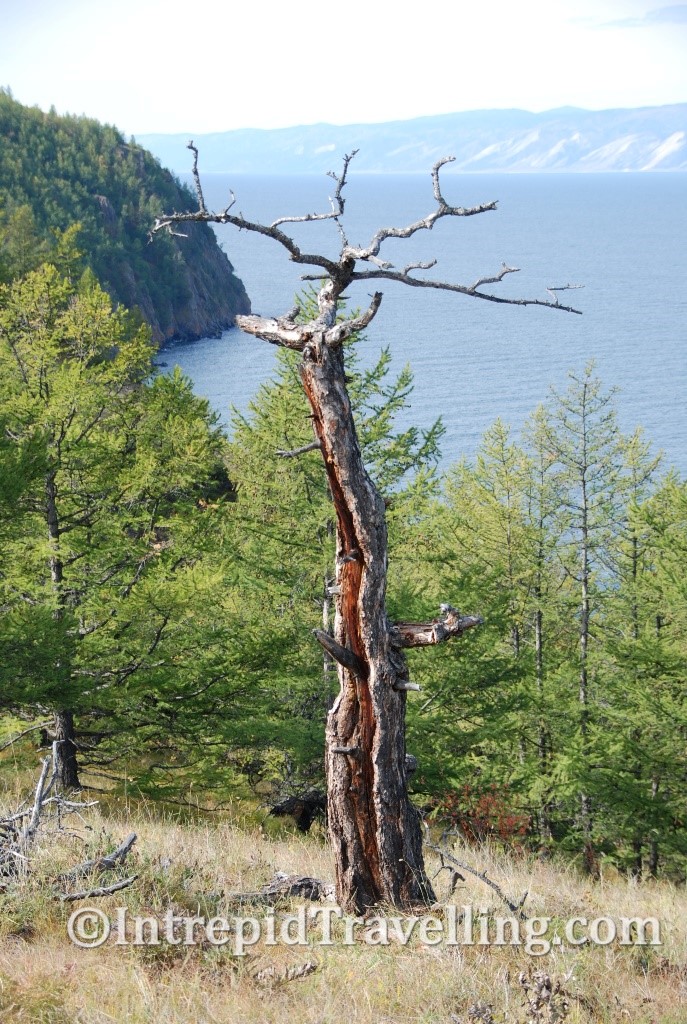
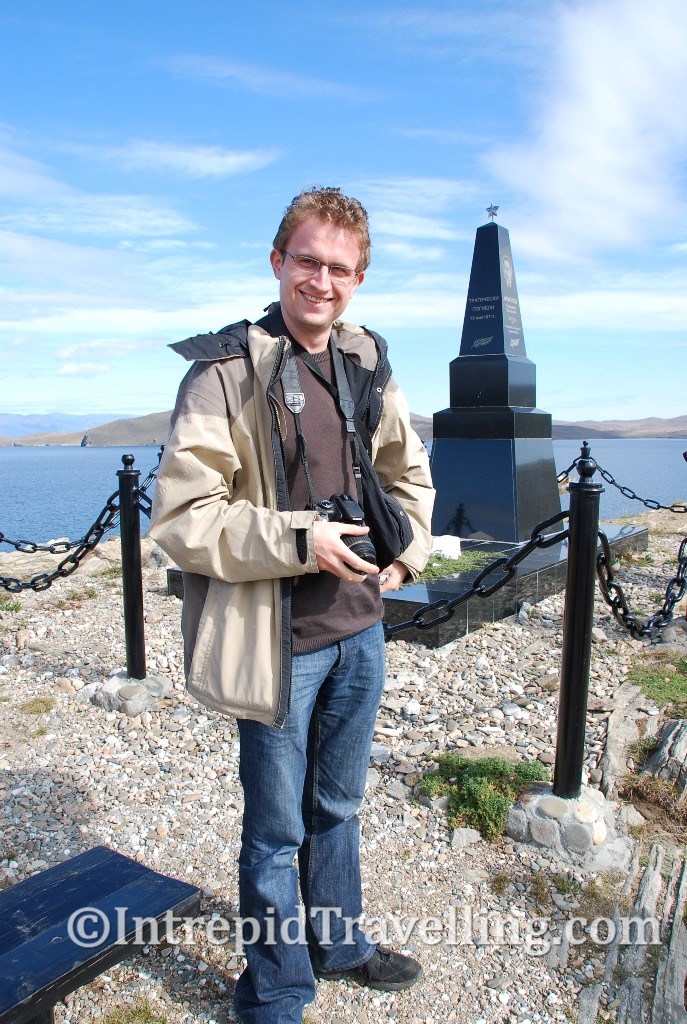
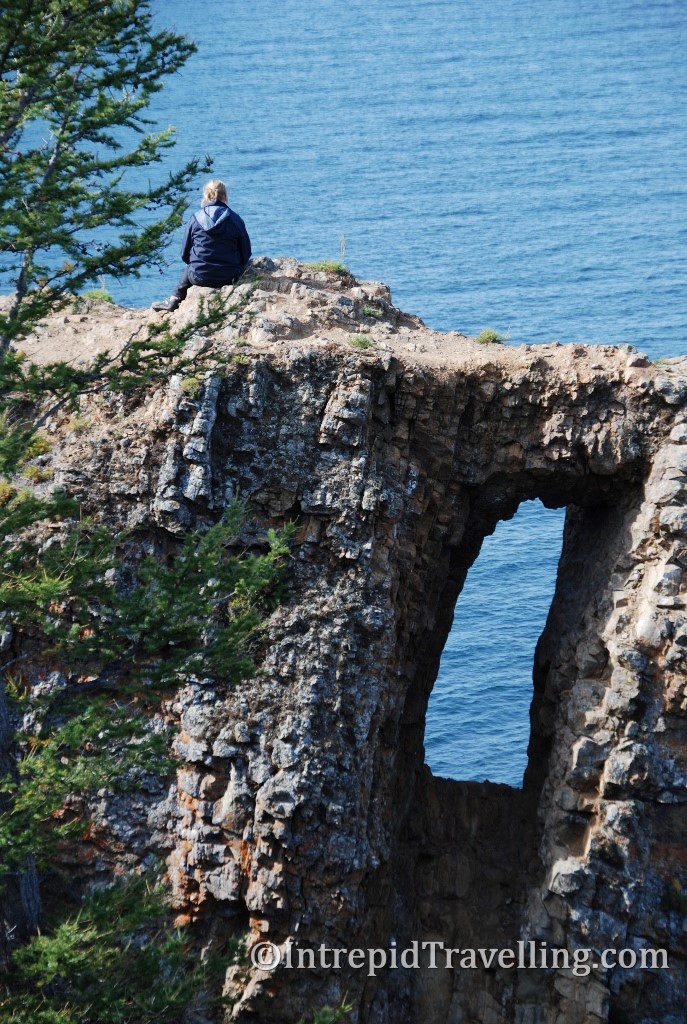
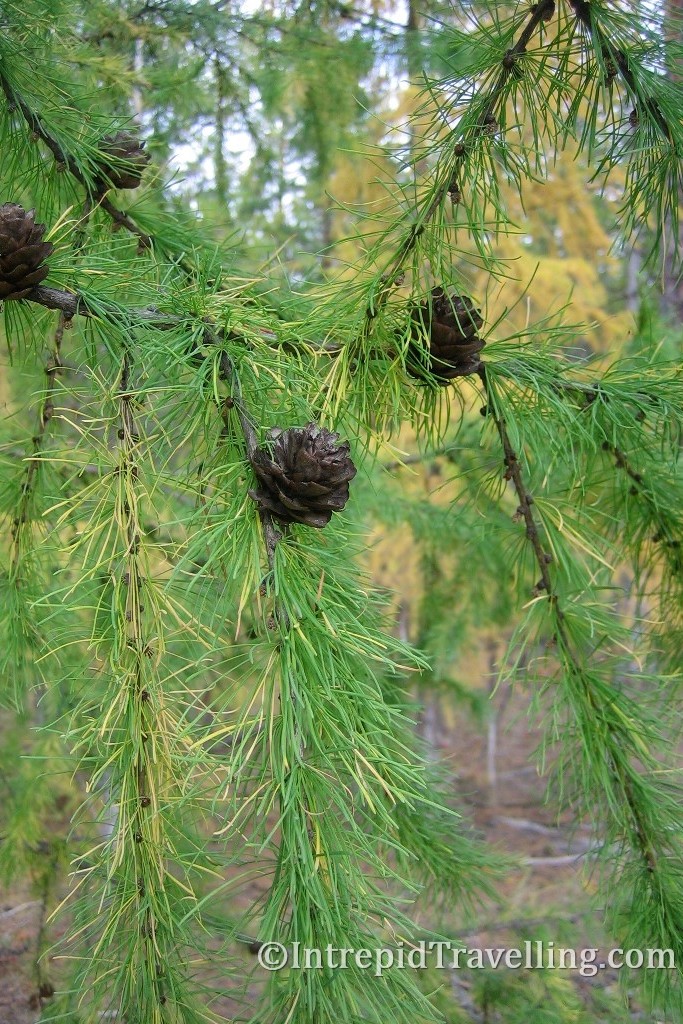
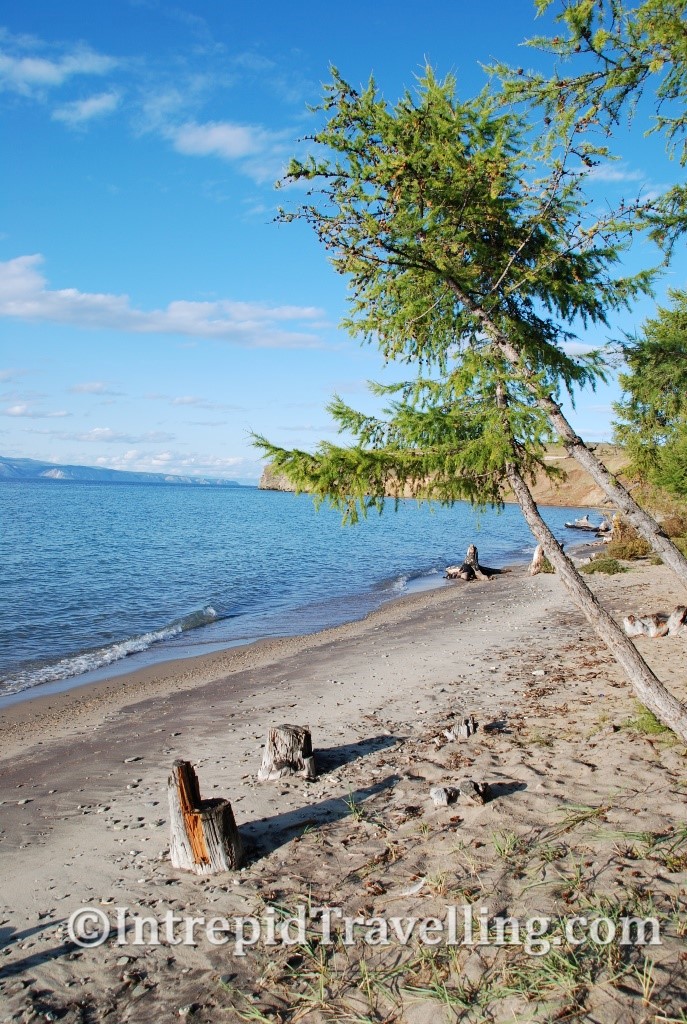
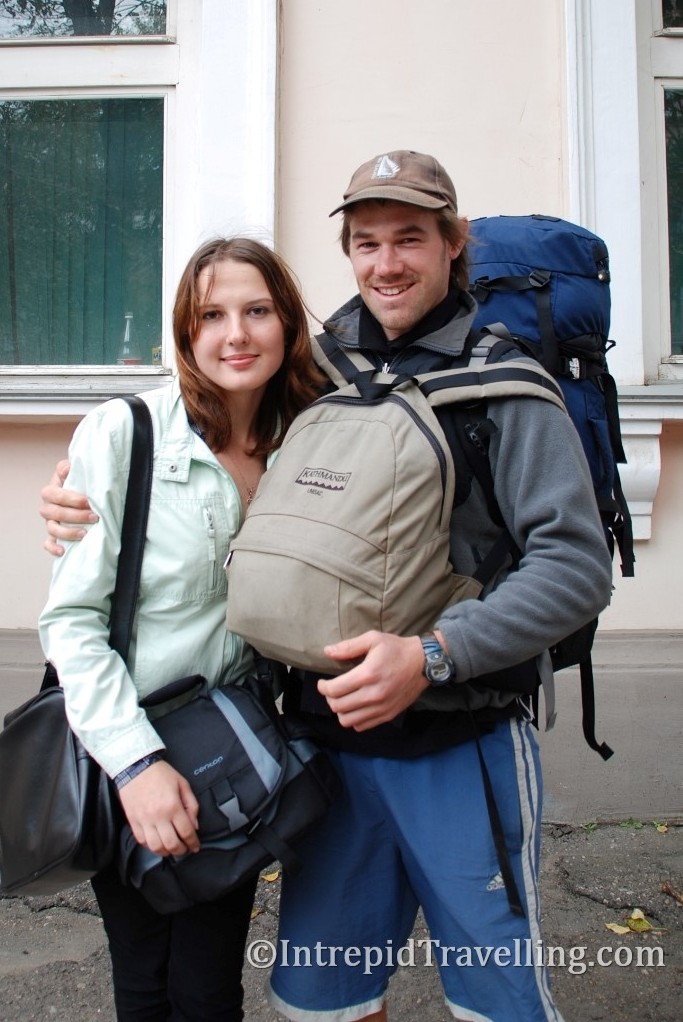
Khuzhir, complete with dirt roads, cows patrolling the streets and God knows how many stray dogs, would have reminded me of an African village had I seen one. Being a small isolated village (on the world’s 4th largest island within a lake), the best activities are unsurprisingly outdoor pursuits. We would take a day excursion to the northern end of the island (Mys Khoboy) with our Russian driver (who doubled as the chief) which would provide more spectacular views of Olkhon and Lake Baikal. Later that day, back at our abode, we would hold another ‘UN backpackers meeting’, the topic of discussion being Russian and Finnish Vodka and Russian beer, we would sample all of it to determine which was best.
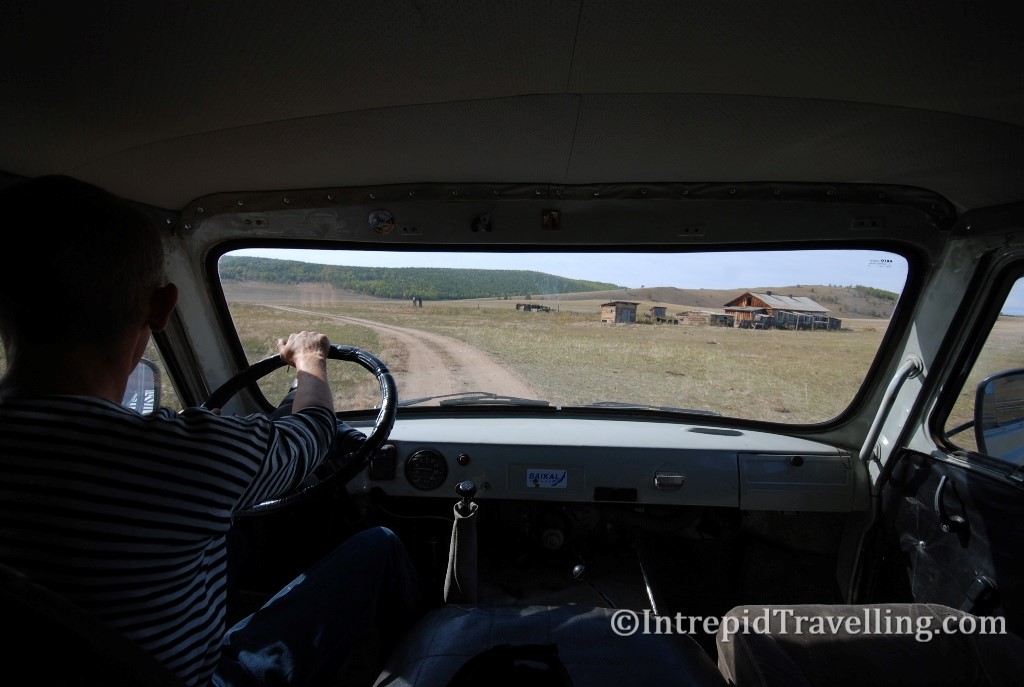
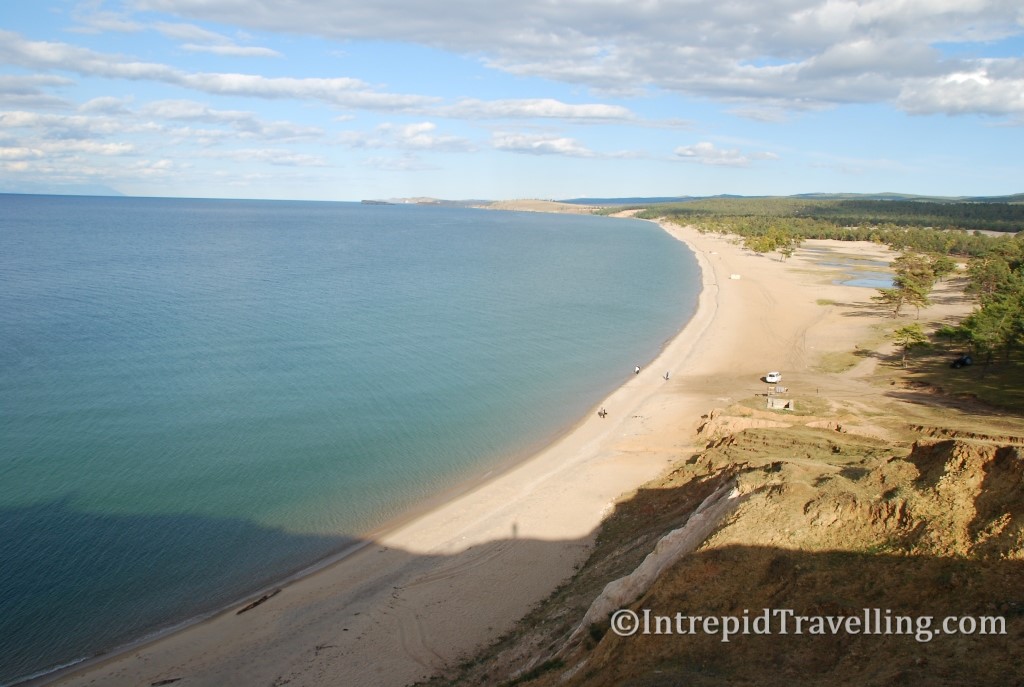
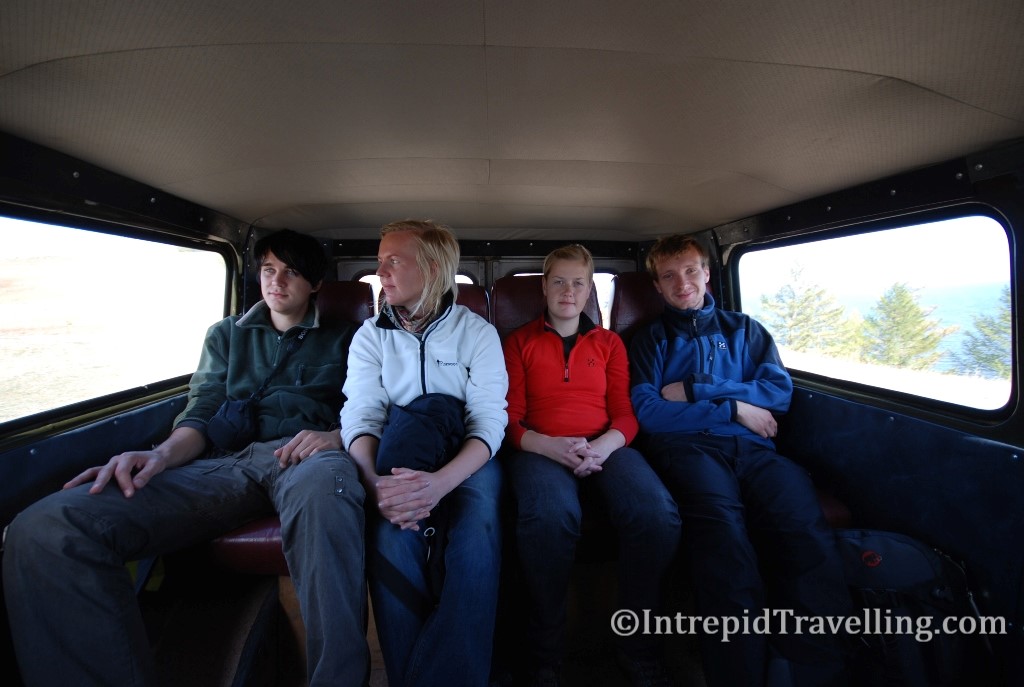
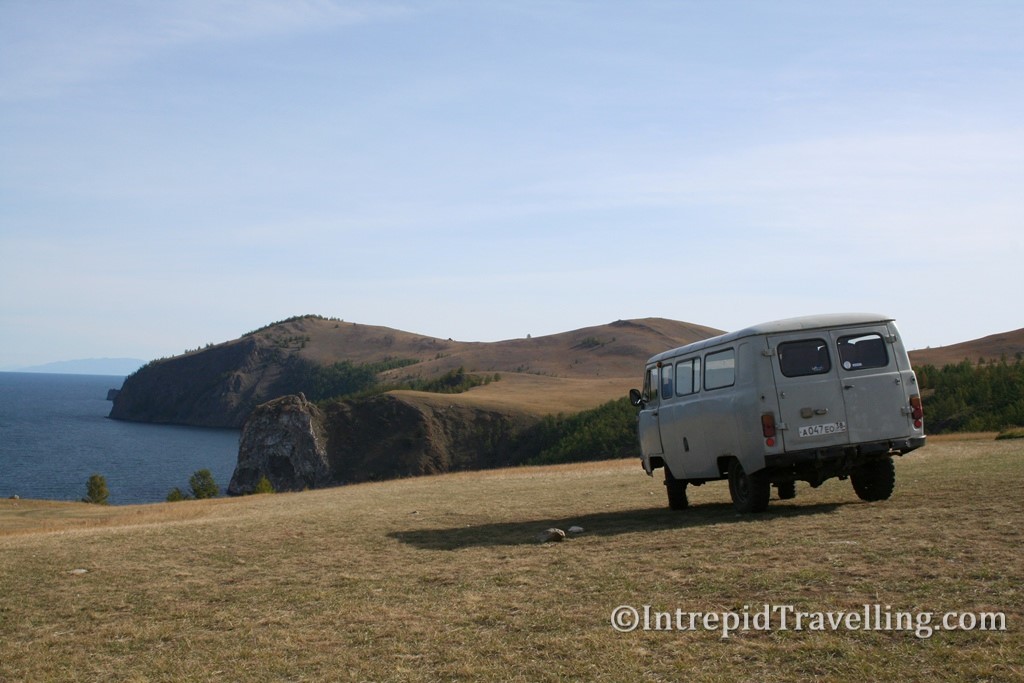
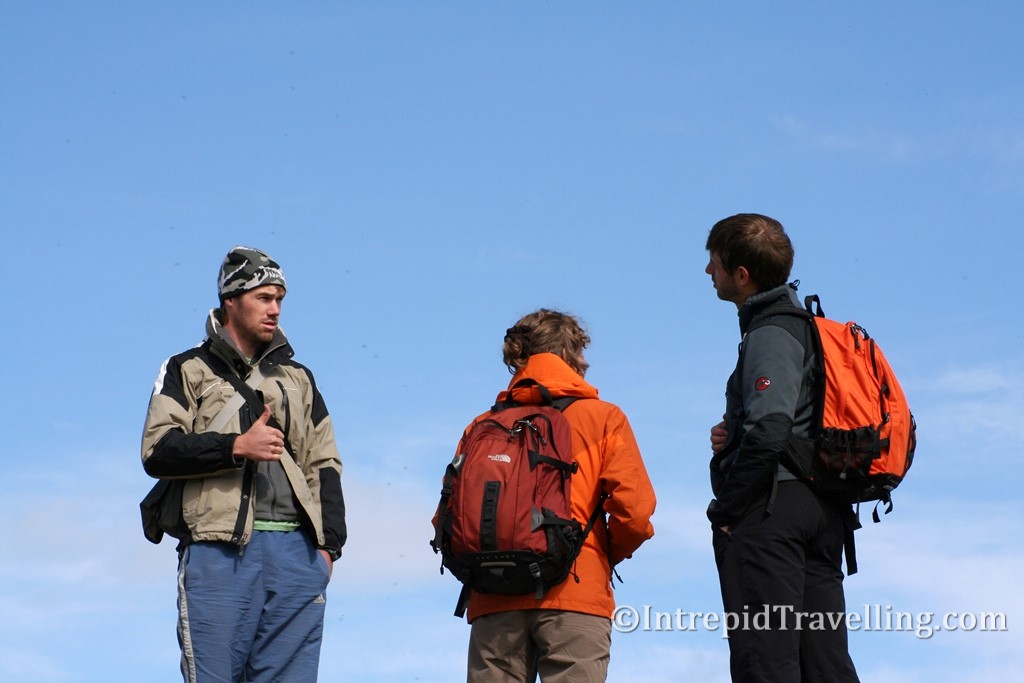
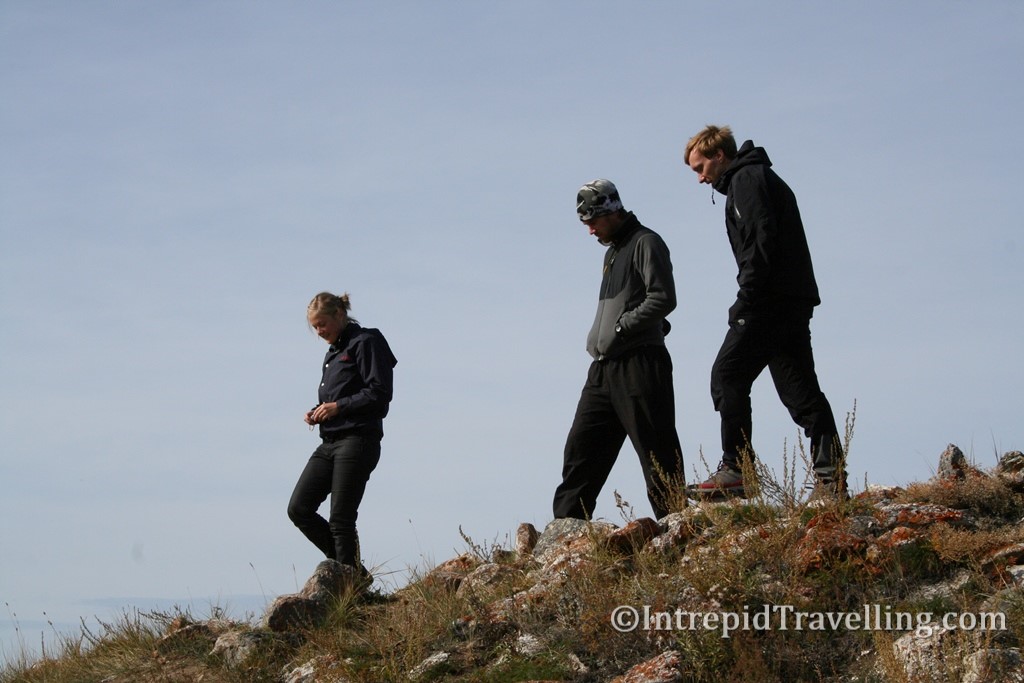
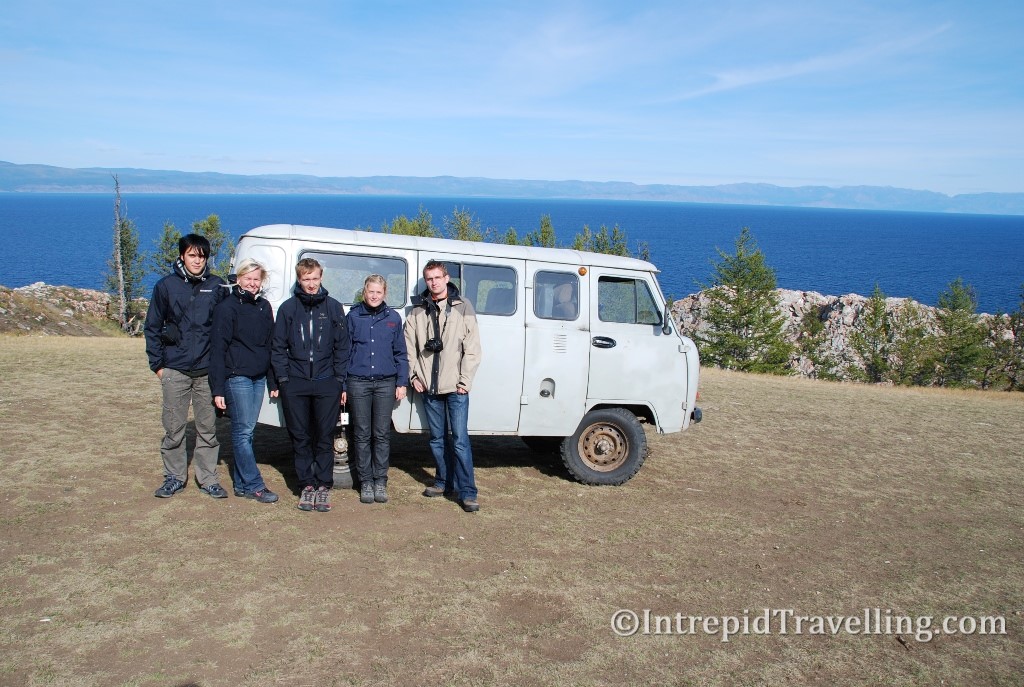
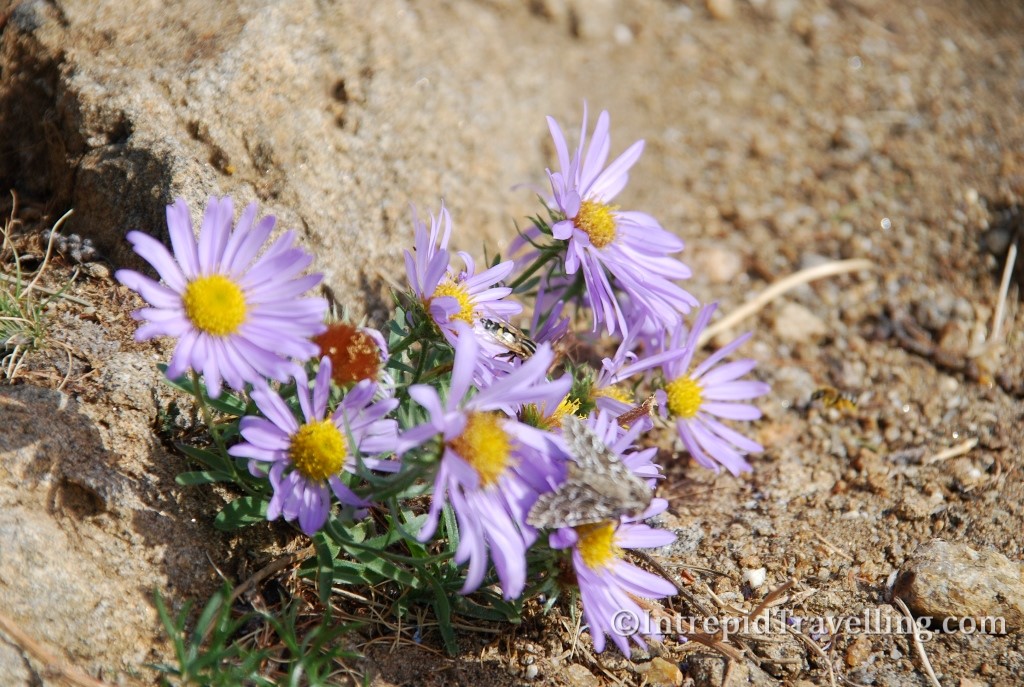
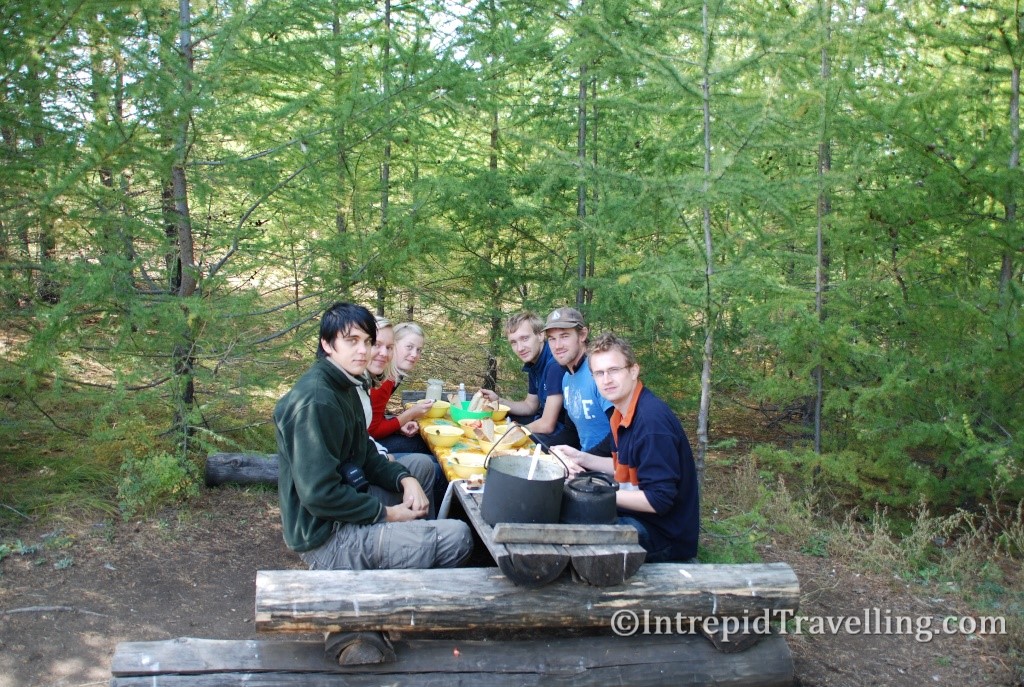
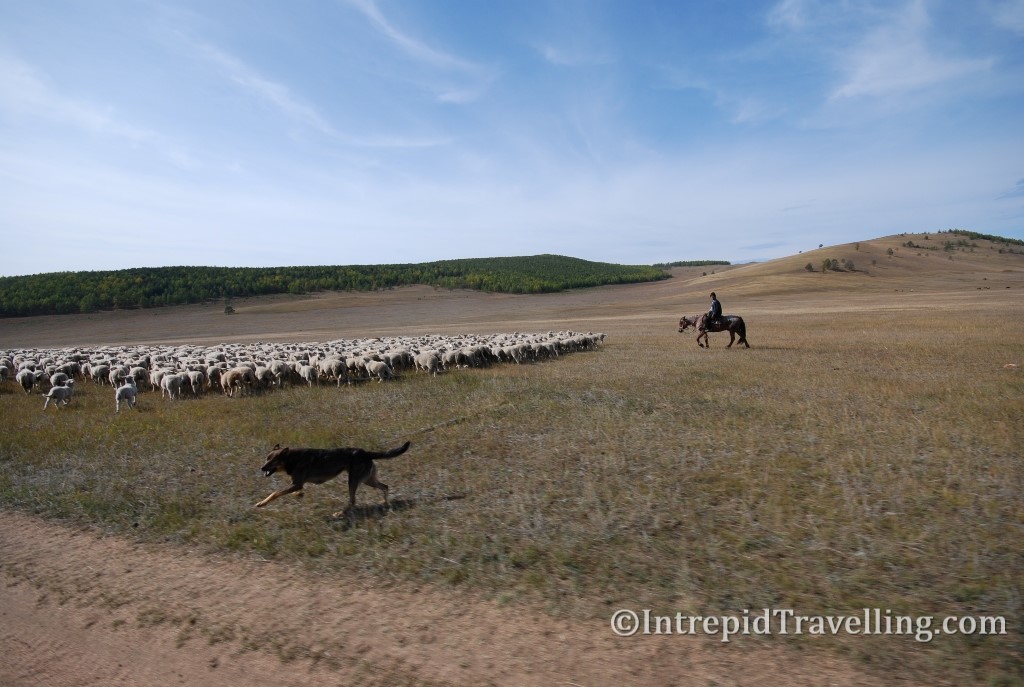
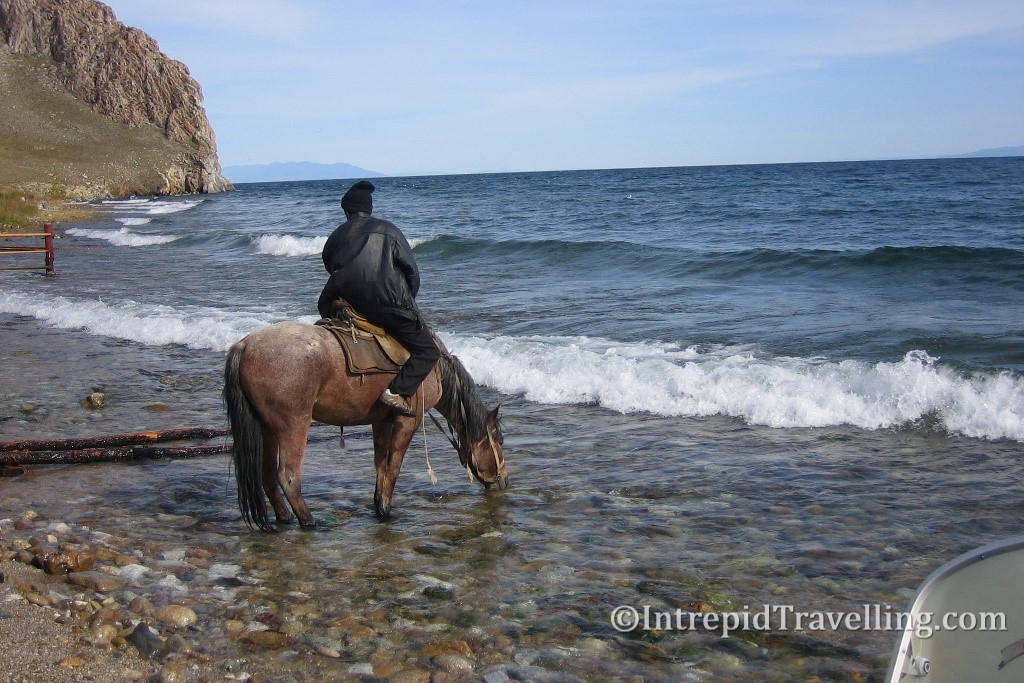
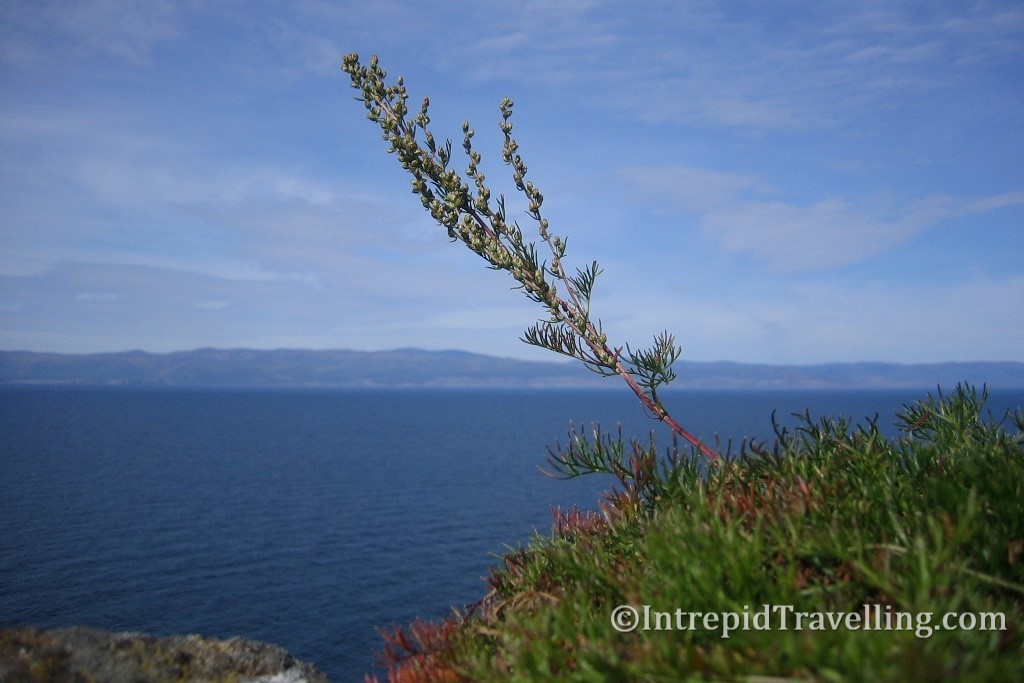
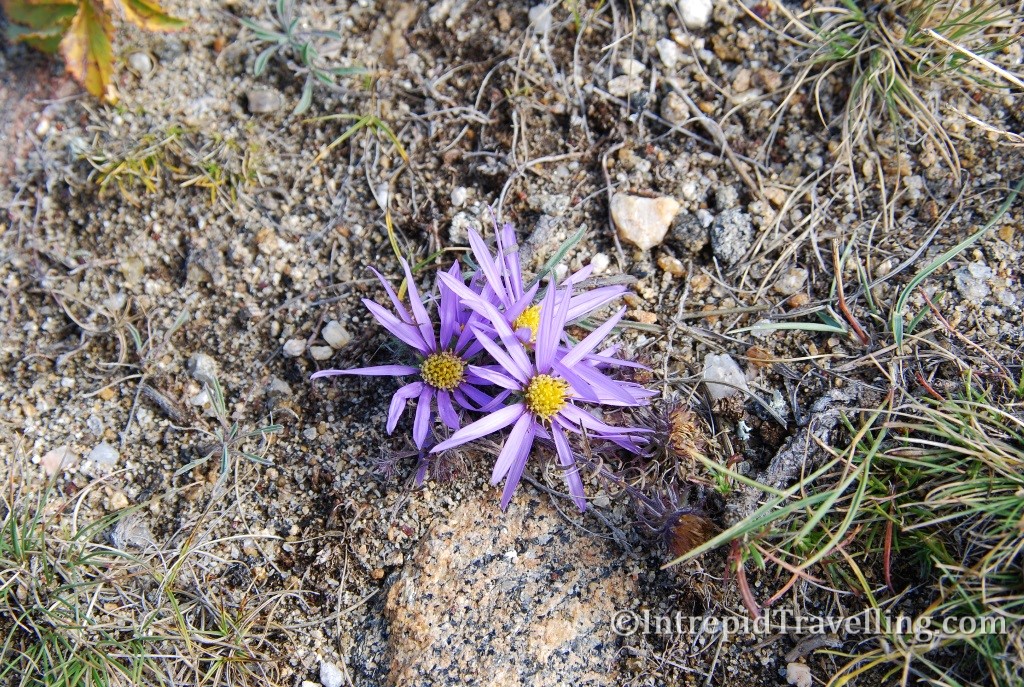
And a trip to Russia wouldn’t be complete without a Russian Banya (a small building to experience dry or wet heat sessions, commonly accompanied by Birch venik which release aromatic oils). My fellow intrepid travellers and I would experience an authentic banya and deal out the pain with the Venik. The following day the majority of the crew returned to Irkutsk where I, along with the Finish couple I’d befriended, continued our journey onto Ulaan Baatar, Mongolia’s capital before completing the final leg of my intrepid journey by travelling across the Gobi desert to Beijing.
They say Russia is a difficult place to travel and that the people are grumpy. In a way that’s true, but the Russians I actually got to know turned out to be perfectly nice people, although I doubt any of the ticket office ladies are, they are the grumpy of the grumpy. You definitely get the feeling that tourism in Russia is endured rather than embraced as the place isn’t overly well set up for it.


